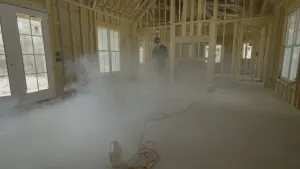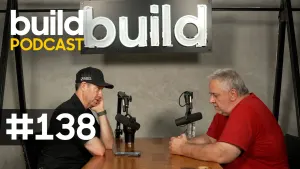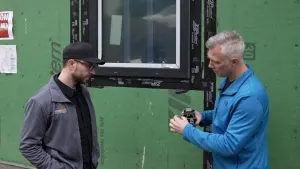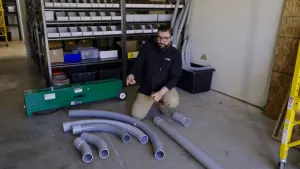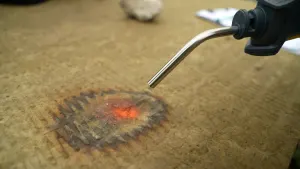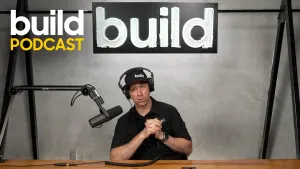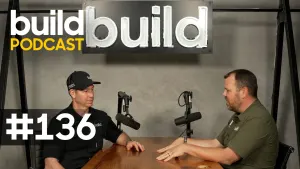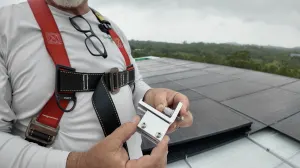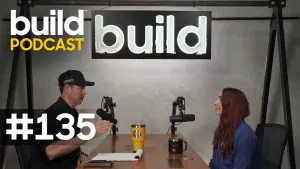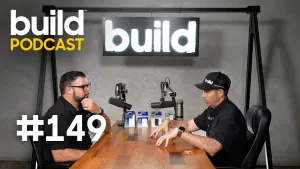How to Ease School Cleaning Processes
Simplifying Maintenance in Schools is a Balancing Act Between Cleaning Products
When most of us think back on our time spent in schools, our memories might include the sight of janitors and the smell of industrial cleaners for all varieties of spills and stains.
A lot has changed in our schools since then, including our understanding of the products we use to clean schools inside (bathrooms, floors, kitchens, sinks, desks) and out (sidewalks, vandalized masonry, pavers, parking lots, etc).
Today, extra scrutiny of all things schools, but particularly cleaning and maintenance routines, means that facility managers, janitors, and school groundskeepers should be prepared to establish cleaning procedures and protocols.
Cleaning Challenges in Schools
Why is what we use to clean our schools important? At the top of the list, the U.S. Environmental Protection Agency (EPA) estimates that air pollutant levels are on average two to five times higher indoors than outside. Additionally, when germs and bacteria ultimately settle on surfaces, students, teachers, and other essential staff are more susceptible to exposure because schools have 4 times the occupants per square foot than most office buildings.
The goal of cleaning interior surfaces is to remove germs and dirt by using soap or detergent. Removal does not mean killing germs, that effort falls under the disinfecting umbrella. Disinfecting uses chemicals to kill germs but does not clean dirty surfaces. Employing both translates to greater safety and a lower risk of spreading infection.
What is sometimes missed is that it’s easy to do this wrong. When surfaces are not dirty to the naked eye, they can be easily cleaned with a variety of products to clean and disinfect. Often missed, however, is the fact that to disinfect, a product must remain visibly wet on a surface for between 4 to 10 minutes. Spraying a product into the air or wiping on a disinfectant and then wiping it off immediately is pretty much useless.

Then, there’s the writing on the wall (literally). Graffiti unfortunately represents a common, serious and expensive problem for school maintenance. Leaving graffiti on surfaces rapidly attracts more graffiti. Fortunately, there are now products that make graffiti removal from concrete, brick and natural stone surfaces a snap. Once erased, using protective treatments will make future attacks much easier to block.
It is Easy Being Green
What has changed most over the years is the understanding of the harmful effects of VOCs, aerosols, toxicity levels of bleach and the use of abrasive cleaners in bathrooms. This understanding mandates an approach that includes green products, comprehensive janitorial training, and green cleaning policies and procedures.
To assist in the appropriate selection of green products, for example, the U.S. Environmental Protection Agency created a voluntary Safer Choice program that certifies product ingredients that meet rigorous human health and environmental criteria. These products contain safer ingredients, but do not sacrifice quality or performance, making it easy for specifiers and purchasers to find effective products.
The PROSOCO Edge in School Maintenance
PROSOCO is a leader in school maintenance products, concentrating on being best in class and first to market. PROSOCO delivers innovation rather than “me too” commodity products, addressing innovation in biologics, daily maintenance, environment and health and the removal and prevention of graffiti.
In the biologics category, PROSOCO offers Enviro Klean® ReVive to remove mold and mildew staining and atmospheric soiling. ReVive is a highly efficient alternative to aggressive cleaners often used on interior and exterior masonry, stone and tile surfaces and can be applied safely to wood, painted surfaces, metal, plastic and glass.
Consolideck DailyKlean is a specially designed concentrated daily maintenance cleaner for concrete floors to remove most common soil. DailyKlean helps ensure the highest appearance and performance standards for all indoor concrete flatwork. DailyKlean phosphate-free cleaners for concrete floors are certified with the EPA’s Safer Choice label. These products contain no phosphates, hazardous solvents, environmentally harmful surfactants, fragrances or dyes.
PROSOCO’s economical Klean ’N Release Cleaner is also certified by the EPA Safer Choice program and is ideal for cleaning windows, countertops, bathtubs, sinks, patios and sidewalks. It works on multiple substrates such as natural stone, limestone, marble, granite, masonry, tile, metal and more. Fragrance-free and water-rinsible, the cleaner contains no phosphates, colorants, hazardous solvents or environmentally harmful surfactants.
There are many products in the PROSOCO graffiti remover and blocker line, including Blok-Guard & Graffiti Control Ultra 15, for example, a high-performance, clear, solvent-based silicone elastomer that protects masonry surfaces from repeated graffiti attacks with little to no change to the natural appearance. Sacrificial Coating SC-1 is a clear, water-based sacrificial coating used to control graffiti on most building surfaces. SC-1 prevents spray paints, crayons and ink from penetrating and staining an underlying surface. Graffiti is removed from protected surfaces with high-pressure hot water, Graffiti Remover or SafStrip.
The Right Product for the Right Job
It’s all about selecting the right product for a specific job. School facilities managers and janitors require cleaning/disinfecting maintenance products that make the grade while doing no harm. PROSOCO’s 81-year history delivers confidence that its products are designed to solve specific challenges, while addressing environmental and health concerns.

 Share on facebook
Share on facebook Tweet
Tweet Email
Email Share on Linkedin
Share on Linkedin




